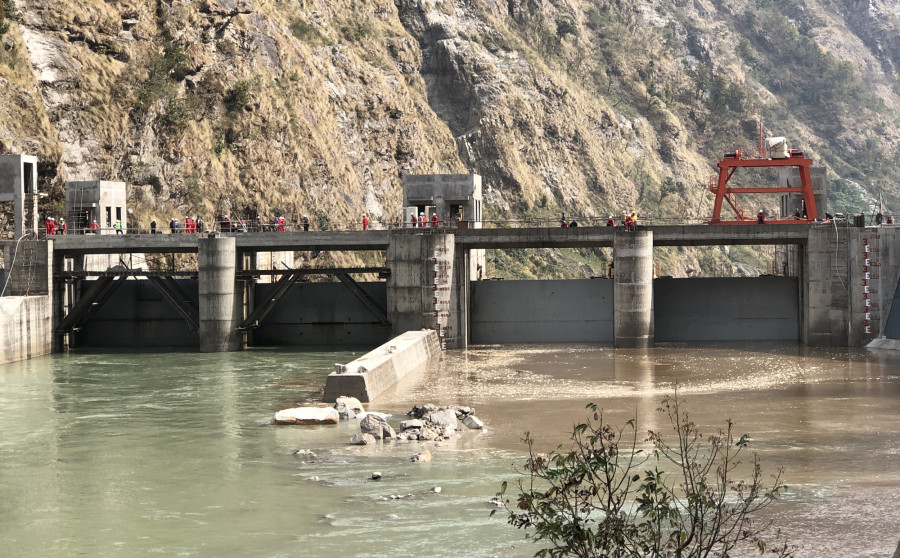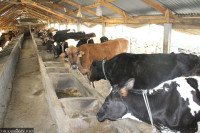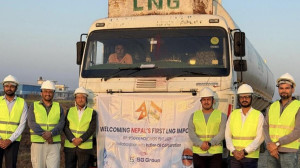Money
Upper Trishuli 3A slated to begin generation in April
The Upper Trishuli 3A Hydropower Project is slated to begin production next month, the Nepal Electricity Authority said on Tuesday. T
The Upper Trishuli 3A Hydropower Project is slated to begin production next month, the Nepal Electricity Authority said on Tuesday. The power plant located in Rasuwa and Nuwakot districts north of Kathmandu is equipped with two turbines, each with a capacity to generate 30 MW.
On April 30, the first turbine will be switched on to produce 30 MW, according to the authority. The second turbine will begin generating electricity on June 30, and the plant will be operating at its full capacity of 60 MW, the state-owned power utility said.
On Monday, a project management meeting led by Nepal Electricity Authority Managing Director Kulman Ghising and participated in by the project consultant and the developers constructing the transmission lines decided to set April 30 as the start date. “The developers have pledged to complete the work by the deadline,” said Ghising.
Phanindra Raj Joshi, project manager of Upper Trishuli 3A, said that dry and wet tests of the main tunnel and other infrastructure would be completed by April 15. “Currently, the project is testing the electro-mechanical and hydro-mechanical equipment installed in the power house.”
He said that the developer of the transmission line had been directed to complete the project before April 30. The Trishuli-Kathmandu 220 kV double-circuit line will evacuate 60 MW of electricity generated by Upper Trishuli-A to Kathmandu. The total transmission line length is 45 km. Of the total length, 1,309 metres is being constructed underground. Project Chief Phanindra Raj Joshi said that 127 out of the 140 towers had been erected so far.
China International Water and Electric Corporation is executing the $22.6 million transmission line project. Work began on the power line in 2011.
The Nepal Electricity Authority is building the hydropower project with a concessional loan of $114.7 million from the Export-Import Bank of China.
The foundation stone of the project was laid in November 2011 with the completion deadline set for May 2014.
The project sank into uncertainty after the contractor, China Gezhouba Group Company, halted work citing heavy damage to the access road and dam during the 2015 earthquake. The contractor resumed work after a hiatus of more than two years after the government had the access road repaired by the Nepal Army. The power production deadline was then revised for April 2019.
Nepal’s electricity output is slated to double in the next fiscal year 2019-20 as another 983 MW will be added to the national grid, the Energy Ministry said on Monday. The expected increase in energy generation is almost equal to the maximum annual production of 1,027 MW.
The country’s electricity requirement totals 1,200 MW, and with a bevy of power plants poised to churn out more than 2,200 MW from next year, the bad old days of load-shedding will be permanently gone, according to analysts.
Energy Secretary Dinesh Kumar Ghimire told the parliamentary Finance Committee on Monday that 23 projects, including the 456 MW Upper Tamakoshi, were on track to come into operation by the next fiscal year and put out 983 MW. Upper Tamakoshi is expected to come online by November and will fulfill Nepal’s energy requirement during the dry season, Ghimire said.




 21.12°C Kathmandu
21.12°C Kathmandu














